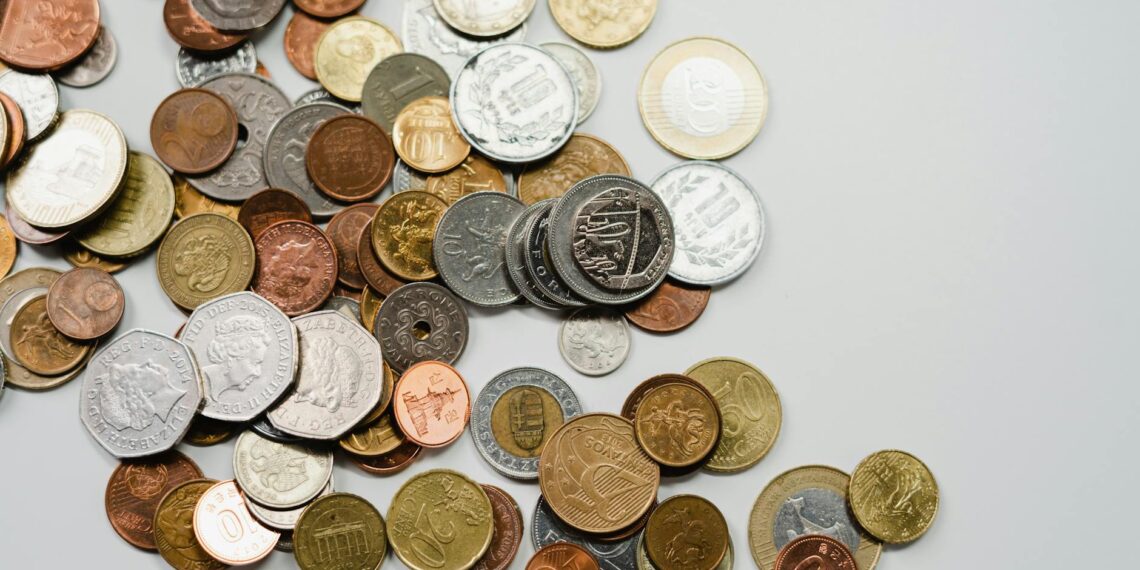The value of a dime can vary depending on several factors, including its age, mint mark, condition, and any potential errors.
- Most dimes minted after 1964 are made of a copper core clad in a nickel-copper alloy and are typically worth their face value of $0.10.
- However, certain proof dimes or those with specific errors can be worth more. For example, the 1996-W Roosevelt dime, with a mintage of only 1,457,000, can be worth $20 – $25.
- Some modern dimes with errors, such as the 1975 No S Proof Dime, can command significant prices, with one selling for $456,000.
- Dimes minted before 1965 are made of 90% silver and are therefore worth significantly more than their face value due to their silver content.
- The melt value of a pre-1965 silver dime is currently around $2.78.
- Certain silver dimes, particularly those with low mintages or errors, can be worth even more to collectors.
- For example, a circulated 1964 Roosevelt Dime is worth between $3.25 and $3.75, while a pristine, uncirculated one can sell for as much as $900.
- Mintage: The number of coins produced in a specific year and at a particular mint can significantly impact its rarity and value.
- Grade/Condition: The condition of the coin, or its grade, is a major factor. Coins are graded on a scale of 1 to 70, with higher grades generally correlating to higher values.
- Errors: Coins with errors, such as a double die or missing mint marks, can be highly sought after by collectors and command significantly higher prices.
- Demand: The popularity and demand for a particular coin or series can also influence its market value.
If you believe you have a valuable dime, it’s recommended to consult a coin grading service or a professional numismatist for an accurate assessment.








